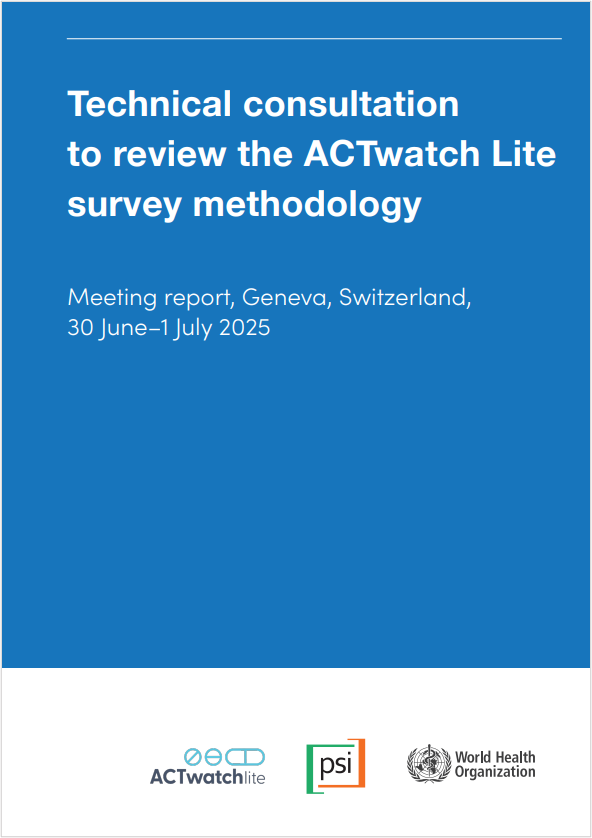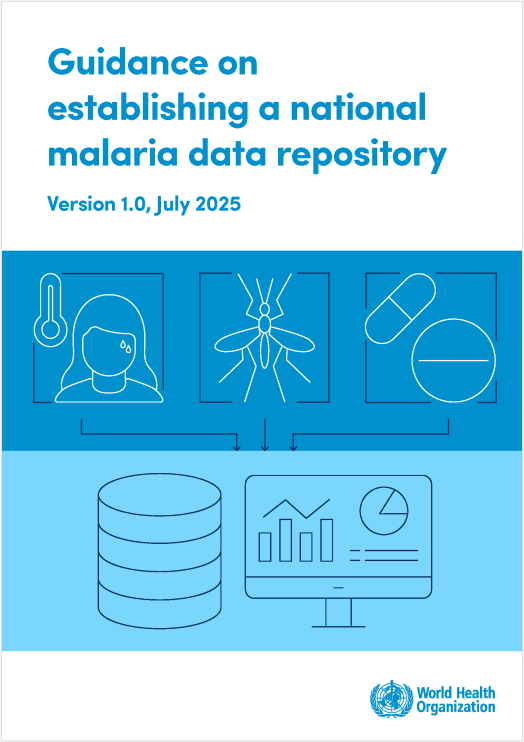Last Updated: 02/12/2024
Comprehensive analysis of IgM-based malaria defense mechanisms for clinical application
Objectives
To explore important antigens for malaria resistance by measuring IgM antibody titers in sera in epidemic areas and linking them with clinical data.
Malaria kills more than 600,000 people a year. Therefore, it is an urgent task to develop a erythrocytic malaria vaccine that inhibits erythrocyte invasion of malaria parasite merozoites and a biomarker that identifies malaria high-risk groups. Therefore, a library of 600 high-quality protozoan merozoite surface proteins have successfully been constructed using a wheat cell-free system. Such a large-scale immunological screening has never been carried out, and this will be the first in the world to elucidate the whole picture of the malaria defense mechanism centered on IgM. The purpose of this research is to finish all the antibody titer measurements and narrow down the target molecules. Residents of malaria-endemic areas gradually acquire immunity to malaria by continuing to be infected with the protozoa, and malaria rarely causes severe disease. This phenomenon is called acquisition of malaria resistance. In recent years, it has become clear that antimalarial IgM is maintained at a higher level than IgG for the same period as IgG, and plays a major role in complement-dependent malaria protective immunity. Therefore, IgM antibody titers against the merozoite surface protein library will be measured in serum samples from endemic areas. Further, the project will start prototyping an IgM antibody titer measurement system using micro/nano device technology with the development of a point-of-care serum measurement kit to identify groups at high risk of severe malaria.
Apr 2021 — Mar 2024


